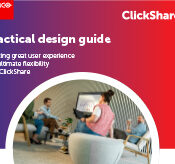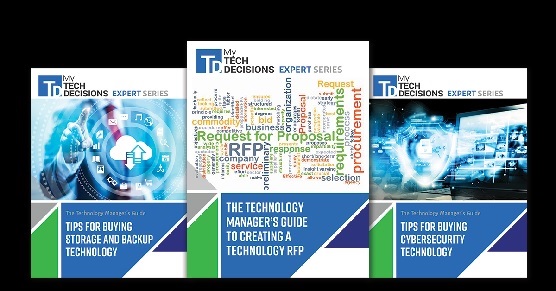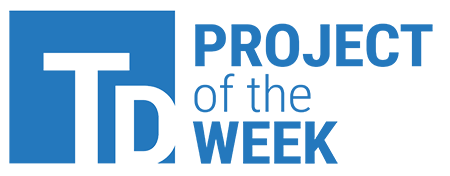Special-needs students must be given the same opportunity to master the Common Core State Standards (CCSS) as their peers. The rigorous guidelines, which put a strong focus on applying knowledge in real-world scenarios, are designed to ensure U.S. students of all abilities can compete successfully in today’s increasingly globalized workforce. Thanks to the proliferation of educational technology in recent years, special educators have more options than ever for helping their students get the most out of a CCSS-based curriculum. To assist them with this, school instructional technology employees should know the makeup of their institutions special-needs population, the main categories of accommodations, and how to ensure technology purchased as part of a CCSS-related deployment will work best for each special-needs student.
Special education covers a wide variety of conditions, including learning disabilities, emotional and behavioral disorders, physical disabilities and developmental disabilities, among others. This affects the type of assistive technology required by an individual special-needs student, so it’s important for school technology staff to be aware of the diagnoses of all children in the school with special needs. This information can be found in a child’s Individualized Education Program (IEP), which defines the learning objectives set forth for a particular special-needs student. School technology staff members can request this document from their school administration.
Special needs students generally receive assistance through either accommodations or modifications. An accommodation is a tool or technique that reduces the impact of a student’s disability in order to allow him or her to achieve proficiency in the subject matter. A student with dyslexia, for example, might be able to use a device that allows him to dictate a report into a Word document. Along similar lines, someone with Attention Deficit Disorder may receive more time on exams. Unlike modifications, accommodations do not change the substance of the unit being taught.
Generally, an accommodation might involve the presentation of information, such as Braille for the visually impaired; a device, such as amplification equipment for the hearing impaired; the ability to respond to questions in a different manner than set forth by the curriculum, such as pointing to answers on a test instead of filling in bubbles; a setting more conducive to concentration, such as a separate room; and time accommodations, such as giving a student with hyperactivity issues frequent breaks.
This list is by no means exhaustive. In fact, there are as many potential accommodations for helping special-needs students grasp CCSS-based content as there are special-needs students. According to Elizabeth Dalton, Ph.D., the current president of the International Society for Technology in Education (ISTE)’s Special Education Technology Special Interest Group for (SETSIG), and the Director of Development and Research for TechACCESS of Rhode Island, the inherently digital nature of so much information these days has made it easier to help special-needs students adapt to a specific curriculum.
“Digital materials are much more malleable,” she says. “For example, you can make the same piece of content available visually for the sight-impaired, aurally for those with hearing problems and as a multi-sensory experience for other types of special needs. This is a very powerful tool, though you still need to keep in mind whether you can transfer the information from one type of a format to another.”
Dalton also advises school technology staff employees to work closely with teachers on what kinds of functions a student needs from a specific assistive technology accommodation to meet a given expectation. For example, one of the grade-six English Language Arts (ELA) standards, CCSS.EA-Literacy.RL.6.4, calls for students to determine the meaning of words and phrases as they are used in a text, including figurative and connotative meanings, as well as to analyze the impact of specific word choice on meaning tone. Mastering this topic does not necessarily require reading the text, so if the student has a visual impairment, the accommodating technology might be something that can read out the text aloud, or present it in Braille format. This, on the other hand, won’t work in the ELA standards that focus on the act of reading itself.
There is no definitive “must-have” list of assistive technology tools for helping special-needs students adapt to the CCSS.
If you enjoyed this article and want to receive more valuable industry content like this, click here to sign up for our digital newsletters!










Leave a Reply